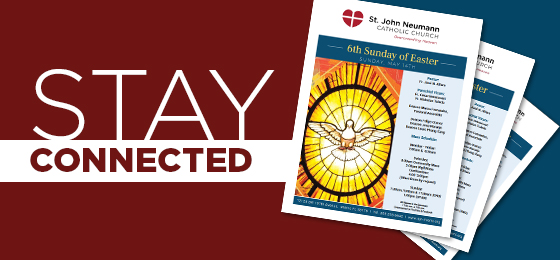Bambinelli Sunday
Thursday, December 4, 2025

Bambinelli Sunday, celebrated on the Third Sunday of Advent, is a cherished tradition in which families bring the Baby Jesus figurines from their homeNativity scenes to be blessed by a priest.
We invite all parishioners to bring their Baby Jesus figurines to any Mass next weekend, December 14th for a special blessing.
We look forward to sharing this joyful Advent tradition with you!
Gaudete Rejoice
The name "Gaudete", meaning "rejoice" in Latin, signals a joyful shift within the usually reflective and penitential season of Advent. Next Sunday, the Church invites us to pause and lift our hearts with renewed hope, celebrating the nearness of Christ's birth. It is a moment to recognize the light breaking into our waiting, and to rejoice in the promise that the Savior is close at hand.
Domingo Bambinelli
Domingo Bambinelli, celebrado el Tercer Domingo de Adviento, es una tradición apreciada en la que las familias llevan las figuritas del Niño Jesús de sus nacimientos en casa para que sean bendecidas por un sacerdote.
Invitamos a todos los feligreses a traer sus figuritas del Níño Jesús a cualquiera de las Misas el próximo fin de semana, 14 de diciembre, para recibir una bendición especial.
¡Esperamos compartir con ustedes esta alegre tradición de Adviento!
Gaudete Alégrense
El nombre "Gaudete", que significa "alégrense" en latín, señala un cambio gozoso dentro de la habitual temporada reflexiva y penitencial del Adviento. El próximo domingo, la Iglesia nos invita a hacer una pausa y elevar nuestro corazón con renovada esperanza, celebrando la cercanía del nacimiento de Cristo. Es un momento para reconocer la luz que irrumpe en nuestra espera y alegrarnos en la promesa de que el Salvador está muy cerca.







